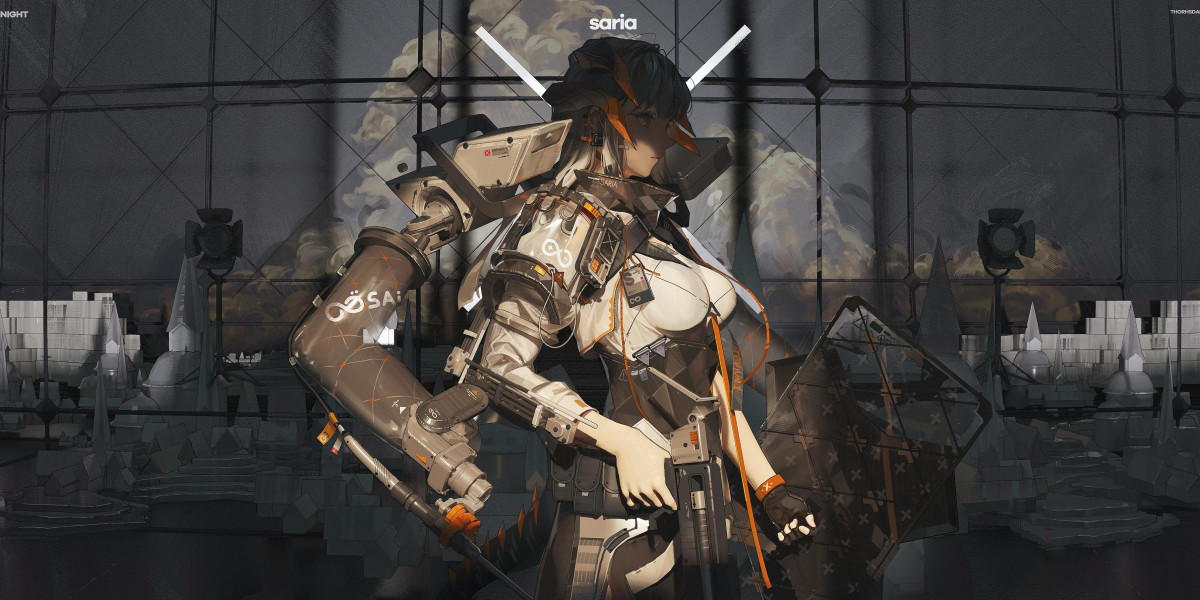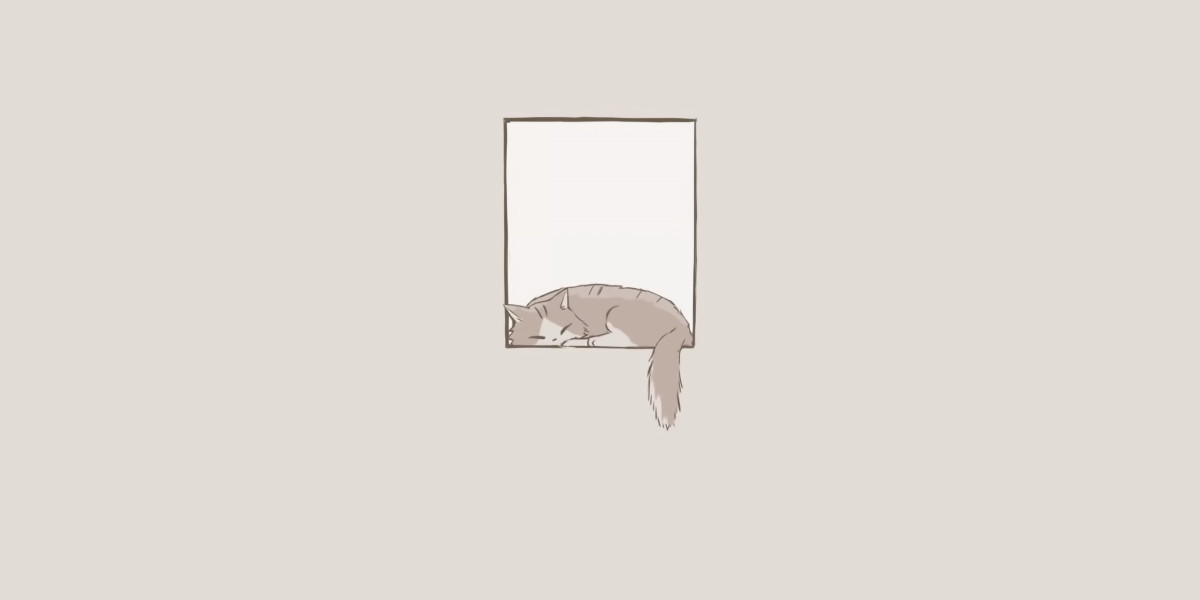In recent years, the concept of sustainable fashion has gained significant traction, with consumers increasingly seeking eco-friendly alternatives to fast fashion. One of the most notable trends within this movement is the rise of secondhand shopping, commonly known as thrifting. This blog post delves into how thrifting is transforming the fashion landscape and promoting sustainable practices.
Sustainable Fashion and Its Importance
Sustainable fashion refers to clothing that is designed, manufactured, distributed, and used in ways that are environmentally friendly and socially responsible. The fashion industry is one of the largest polluters globally, contributing to waste and environmental degradation. By embracing secondhand shopping, consumers can significantly reduce their carbon footprint and support a more sustainable economy.
The Benefits of Thrifting
- Environmental Impact: Thrifting helps reduce waste by giving pre-loved items a new life, thus minimizing the demand for new clothing production.
- Unique Finds: Thrift stores often carry one-of-a-kind pieces that allow individuals to express their personal style without conforming to mainstream trends.
- Affordability: Shopping secondhand is typically more budget-friendly, making it accessible for a wider audience.
- Support Local Communities: Many thrift stores are non-profit organizations that reinvest their profits into local communities.
How Thrifting is Changing Consumer Behavior
As more people become aware of the negative impacts of fast fashion, they are shifting their purchasing habits. Have you ever considered how your shopping choices affect the environment? By choosing to thrift, consumers are not only making a statement about their values but also encouraging brands to adopt more sustainable practices. This shift in consumer behavior is prompting retailers to rethink their production methods and embrace sustainable fashion principles.
Challenges and Considerations
While thrifting offers numerous benefits, it is essential to approach it with a mindful attitude. Not all secondhand items are created equal; some may require repairs or alterations. Additionally, the availability of quality items can vary significantly from one store to another. However, if you are willing to invest time and effort, the rewards can be substantial.
Getting Started with Thrifting
If you are new to thrifting, consider starting with local thrift stores or online platforms that specialize in secondhand clothing. Websites and apps dedicated to sustainable fashion often feature curated selections of pre-owned items. For more information on how to navigate the world of thrifting, check out this resource: .
Conclusion
In conclusion, the rise of secondhand shopping is a powerful movement within the realm of sustainable fashion. By choosing to thrift, consumers can make a positive impact on the environment while enjoying unique and affordable fashion choices. As we continue to navigate the complexities of the fashion industry, embracing thrifting can be a significant step towards a more sustainable future.








